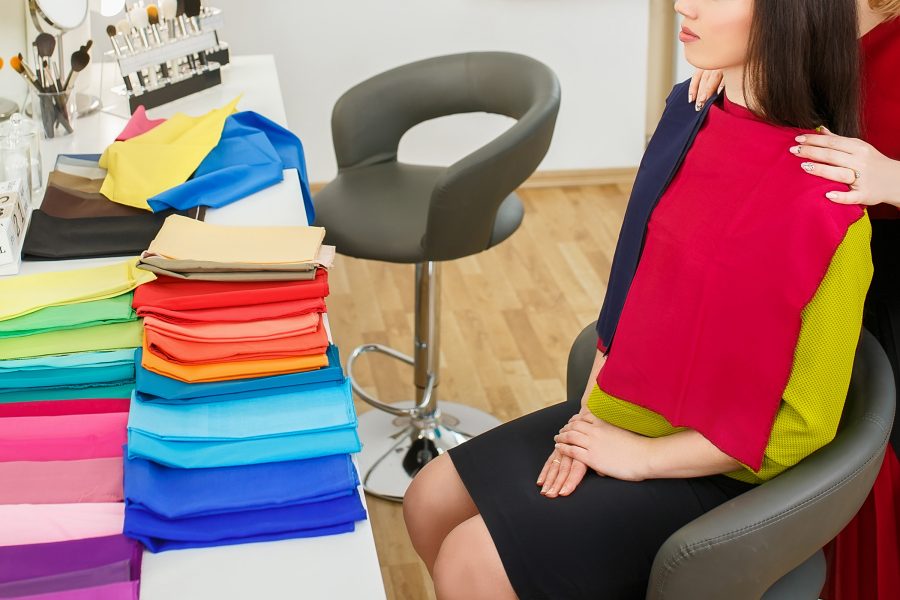Seoul has long been a haven for top-of-the-line beauty and wellness experiences, from skincare treatments to K-beauty makeovers. Now, there’s another service you may be eager to try during your next trip to the city: a personal colour analysis.
It’s quickly become a sought-after experience in South Korea’s capital, but where should you begin? And beyond having a professional drape pieces of coloured fabric across your shoulders, how does colour analysis actually work? Read on to find out the best places to go for your colour analysis, and what you can expect when you get there.
The best colour analysis studios in Seoul
For tourist-friendly services available in English or Chinese, check out Korean colour analysis studio Color of You, which is conveniently located in the vibrant neighbourhood of Hongdae, or Cocory Colour Analysis, which has branches in Yeonhui, Hongdae and artsy Seongsu.

Credit: RUNSTUDIO/Getty Images
Before you arrive
Book your appointment well in advance of your trip, as colour analysis services are popular and sessions fill up quickly. On the day, it's best to dress in a basic round-neck tee or any top with an open neckline, making sure to avoid hoodies or high-collar shirts. Leave your face makeup-free so your analyst can see your natural skin tone, but feel free to bring along your favourite cosmetics – lip products, eye shadows, eyeliners, eyebrow pencils, blush, and foundation – as your analyst can also assess if they’re a good match for you. Aim to arrive at least 10 minutes before your appointment and allocate approximately one hour for the whole process.
A quick introduction
Upon arrival, you’ll be introduced to the basic concepts of colour theory, with a walk through the KS Colour System and the CCCS 12-Tone System. You'll get to discuss what you hope to achieve and receive a booklet outlining the categories the colour analysis will address.

Credit: Color for you
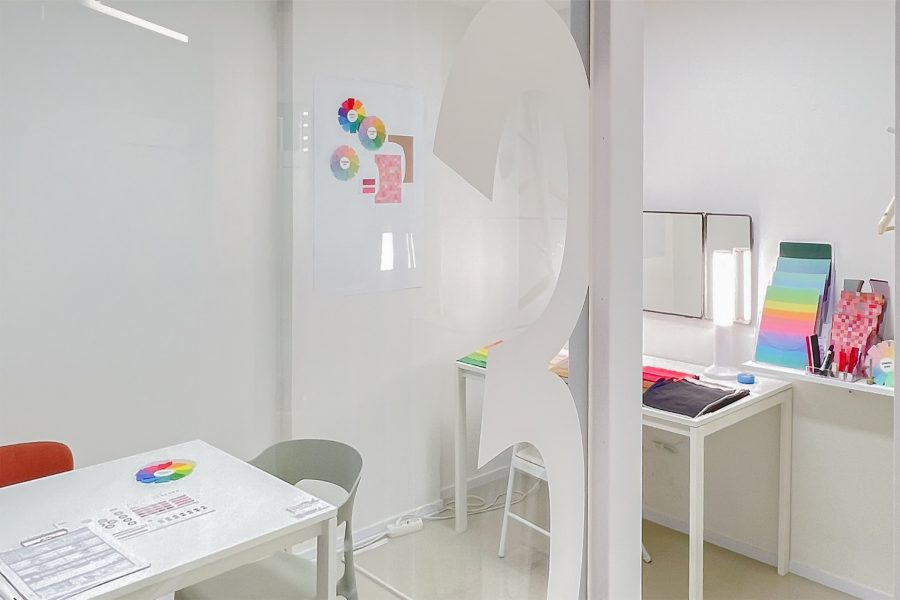
Credit: Cocory Color
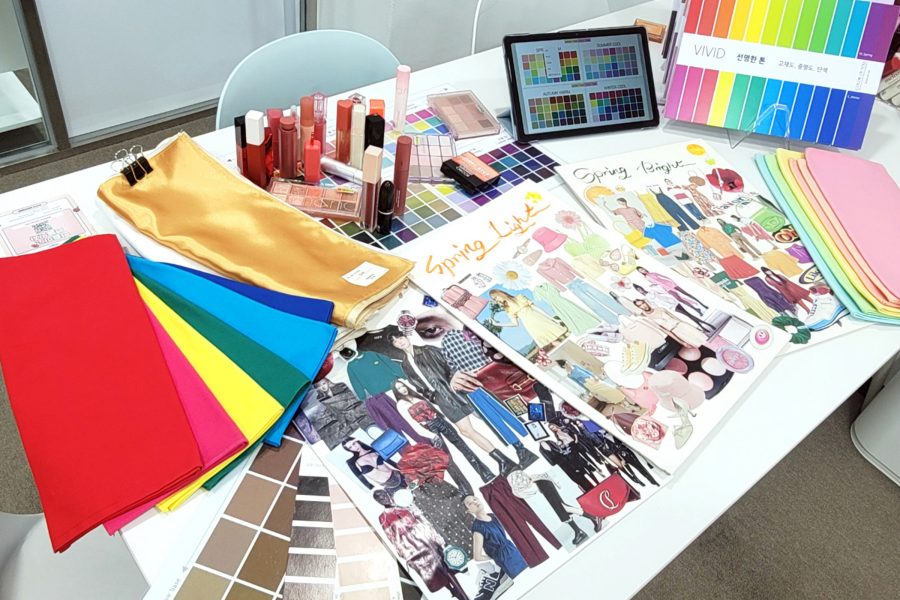
Credit: Color for you
The bulk of it
Some colour analysis studios start with an in-depth skin tone analysis using a cube that assesses brightness, redness and yellowness. With these results, you’ll receive recommendations for the most ideal colours and shades for your makeup base, foundation, concealer, highlighter and contour.
Then, you’ll be seated in front of a mirror. A piece of white cloth will be placed over your hair and clothes so that your analyst can focus on your face and skin tone. She’ll flip through pieces of striped fabric to match you with a range of colours (up to 120!), helping to determine your best daily colours and seasonal tones.
The seasonal colour palettes are broadly divided into spring, summer, autumn and winter. You’ll be assessed using several metrics, including brightness, saturation and temperature – in other words, whether your skin has light or dark, muted or bright, and warm (yellow) or cool (blue) undertones.
This leads to twelve distinct types: bright spring, warm spring, light spring; light summer, cool summer, soft summer; soft autumn, warm autumn, dark autumn; and dark winter, cool winter, bright winter. There are eight to 16 representative hues in each seasonal type. Hopefully, these are already some of your favourite colours – if not, they serve as inspiration for your next big makeover.
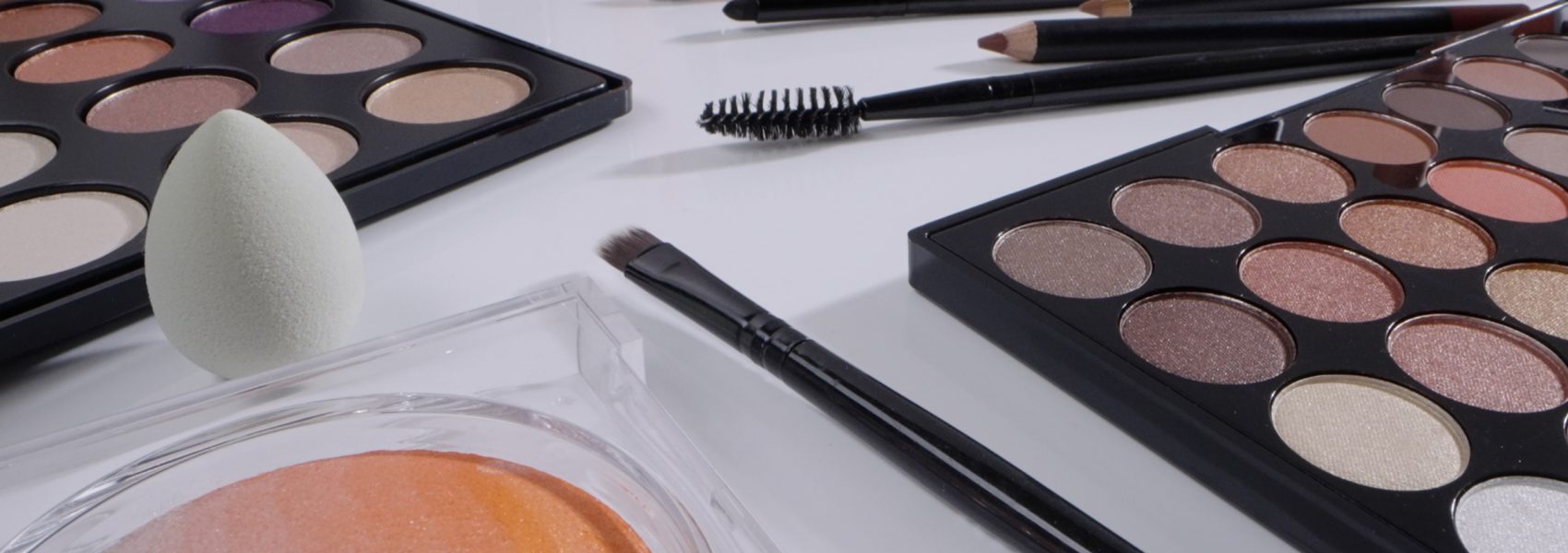
Practical steps
Not only does seasonal colour analysis outline the colours that will complement your natural complexion, but analysts also provide tips on how to choose the most flattering hair colour, makeup products, clothing and jewellery.
In addition to suitable makeup colours, your analyst might advise on makeup texture, such as glossy, matte, shimmer and glitter. Some analysts will check whether your current makeup choices are a good match with your results, show you photos of recommended clothing and makeup styles, and provide you with a list of products that would be a better fit, which you can subsequently pick up in one of Seoul’s shopping districts.
At this point in the session, your analyst may assist you in trying on different products. At some studios, you’ll get makeup style and palette recommendations using up to 16 colour kits and 24 lip bars, hair colour recommendations using up to 16 hair colour kits, and jewellery colour recommendations using up to four jewellery bars.
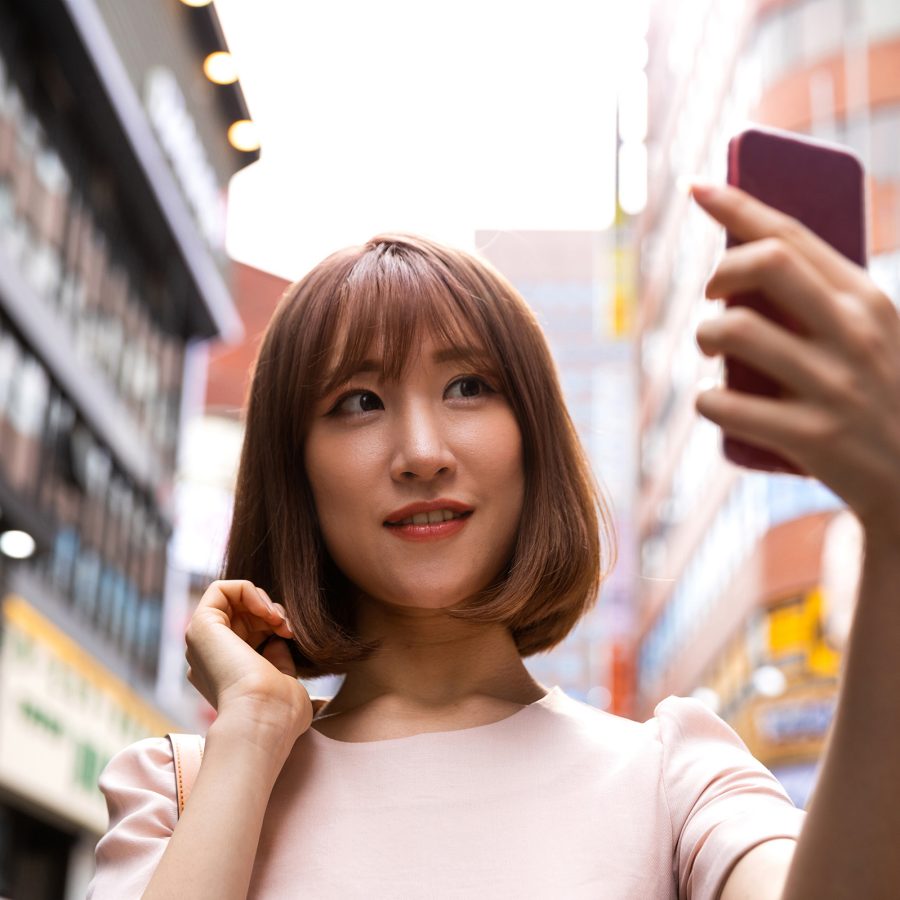
Credit: LeoPatrizi/Getty Images
What you bring home
Having received an abundance of information, you may be feeling rather overwhelmed at the end of your hour-long session. Not to worry; your analyst will review all the results with you, and you’ll get the chance to ask any final questions. Together, you’ll fill out the booklet that you received at the beginning of the session. The next time you shop for new clothes, makeup and jewellery, or visit the hair salon, you’ll be able to refer back to your colour results chart to create a flattering look.
Video credit: uuoott/Getty Images
Seoul travel information
- China – the Chinese Mainland, Hong Kong SAR, Macao SAR and Taiwan Region
- Hong Kong SAR - English
- Chinese Mainland (China) - English
- Taiwan, China - English
- 香港特別行政區 - 繁體中文
- 中国內地 - 简体中文
- 中國台灣 - 繁體中文
- Africa
- South Africa - English
- Americas
- Canada - English
- Canada - Français
- United States - English
- Asia
- Bangladesh - English
- Korea - English
- Singapore - English
- Cambodia - English
- 한국 - 한국어
- Sri Lanka - English
- India - English
- Malaysia - English
- Thailand - English
- Indonesia - English
- Maldives - English
- ประเทศไทย - ภาษาไทย
- Indonesia - Bahasa Indonesia
- Myanmar - English
- Vietnam - English
- Japan - English
- Nepal - English
- Việt Nam - tiếng Việt
- 日本 - 日本語
- Philippines - English
- Australasia
- Australia - English
- New Zealand - English
